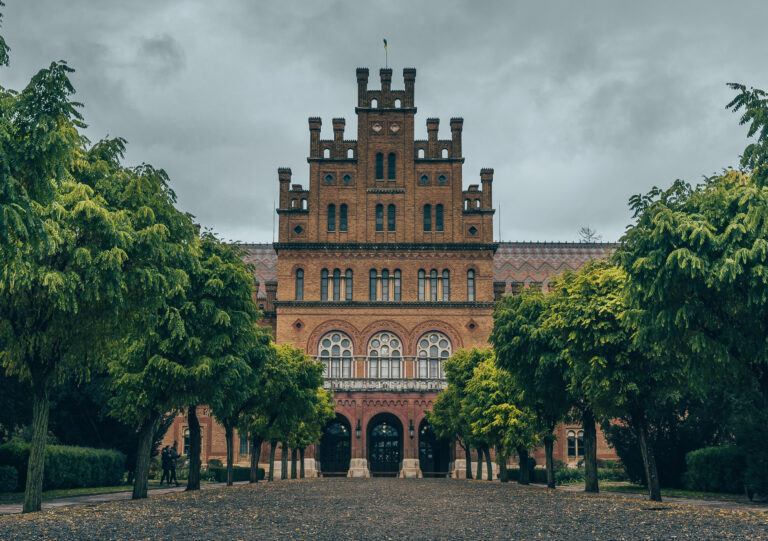The generation gap is a growing divide between different age groups, especially between the young and the old. It’s not just about age but about how people think, what they value, and how they live their lives. This gap seems to be getting wider every day because of changes in technology, culture, and society.
One big reason for this widening gap is that each generation grows up in a very different world. Older generations might remember life without smartphones or social media, while younger ones have never known a world without them. These differences shape how people communicate and work together. For example, older folks might prefer phone calls or emails; younger people often choose quick messages on apps like Slack or TikTok-style videos to share ideas. When these preferences clash without understanding, it can cause frustration at home or work.
Another factor is differing views on important issues like climate change. While most generations agree it’s a serious problem, they often disagree on solutions. Older generations may focus more on personal responsibility—like using less energy at home—while younger ones push for bigger economic changes to fix systemic problems in society’s structure itself. This difference sometimes leads to misunderstandings where each side thinks the other isn’t doing enough.
The generation gap also affects relationships within families and communities because values evolve over time. What was considered normal or respectful decades ago may seem outdated now—or vice versa—which can lead to arguments or feelings of being misunderstood by both sides.
However, this gap doesn’t have to be all bad news. When we take time to listen carefully and appreciate where others are coming from—whether it’s an older colleague with years of experience or a young person with fresh ideas—we open doors for better communication and cooperation across ages.
In workplaces especially, embracing generational diversity can spark creativity if managed well rather than ignored as just “differences.” It means creating spaces where everyone feels valued no matter their preferred way of working or communicating.
Ultimately, bridging the widening generation gap requires patience from everyone involved: parents learning new ways kids express themselves; employers adapting leadership styles; communities finding common ground despite changing times; individuals recognizing that every generation has something valuable to offer even if their views don’t always match perfectly.
This ongoing challenge reflects our fast-changing world but also offers opportunities for growth when we choose understanding over division—and connection over separation—as we navigate life together across generations today and tomorrow.





